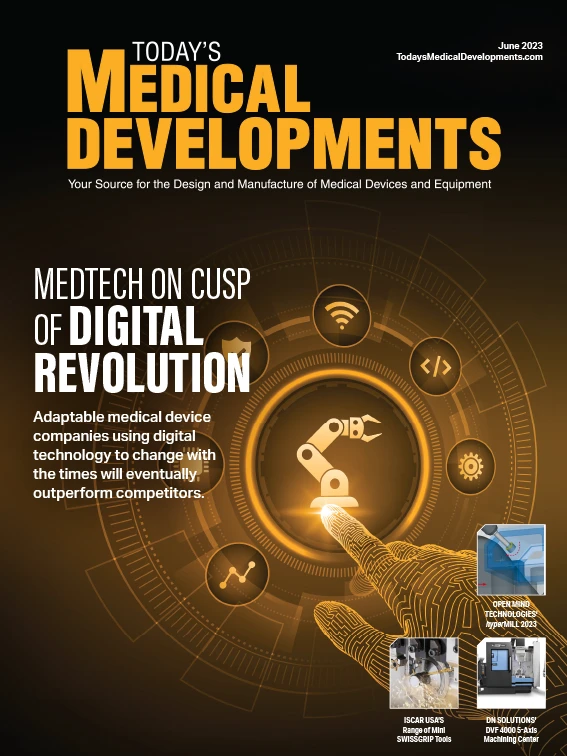
Contact lenses are a part of everyday life for millions of individuals around the world. Their availability and use is so commonplace that many consumers may not be aware that just like all medical devices they are subject to stringent manufacturing and product traceability regulations.
Under the latest Unique Device Identification (UDI) and Medical Device Reporting (MDR) regulatory requirements, and depending upon risk classes, there’s a legal requirement for products and packaging to incorporate a UDI code in plain text and a machine-readable form. Implantable devices, and those re-used and re-processed or sterilized over an extended period, such as instruments, also require direct part marking, separate from the original packaging, allowing traceability throughout the item’s lifetime. Furthermore, new MDR regulations also apply to non-medical devices deemed to have a risk category similar to a medical device, such as cosmetic implants and contact lenses.
Contact lenses, by their very nature, are delicate items and require careful handling through the various manufacturing processes. When marking contact lenses, a laser is the only solution capable of producing the required marking without damaging the lens. In addition to the marking information required to comply with the regulatory standards, for the consumer, laser marks help to avoid confusion regarding which is the left or right lens and whether the lenses may be inverted. The wearer’s vision isn’t affected by the marks, as they’re precisely located around the edge area of the lens.
Bromsgrove, U.K.-based TLM Laser has developed and supplied laser marking solutions to leading contact lens manufacturers. The company’s Andy Toms explains the benefits: “Our solution is based upon the C series CO2 marking lasers from our partner FOBA Lasers. The ability to laser mark contact lenses with low energy levels is beneficial from a hygienic perspective as it’s important to ensure a minimal impact on the substrate to prevent the adhesion of any additional microbes.
The laser delivers a contamination-free, non-distorting, indelible marking solution addressing the regulatory and consumer requirements at a speed of just 18ms – faster than the blink of an eye.”

As one of the most flexible production tools available, laser users can select from different wavelengths, scan head apertures, power, and IP ratings to configure the system to suit their particular needs. This flexibility extends to production methods, and laser marking can be performed on static parts or on the fly at line speeds of up to 900m/min. With 10W or 30W lasers, these air-cooled solutions nearly eliminate maintenance intervals, and the high-resolution marking heads provide high quality, permanent, and consistently sharp content that assure product traceability and tamper-proofing.
FOBA Laser
TLM Laser
Get curated news on YOUR industry.
Enter your email to receive our newsletters.
Explore the June 2023 Issue
Check out more from this issue and find your next story to read.
Latest from Today's Medical Developments
- STUDER looks back on a solid 2024 financial year
- HANNOVER MESSE 2025: Tailwind for industry
- Find out the latest developments in tool path strategies for machining
- Building, maintaining the Navy’s next generation of maritime platforms
- Pioneering battery-free cardiac implants
- KBC Tools & Machinery marks its 60th anniversary, Founder’s Day
- Address the challenges of machining high-temperature aerospace components
- Elevate your manufacturing operations with April’s Manufacturing Lunch + Learn






